Understanding Large-Cap and Mid-Cap Investments
Introduction
Investors seeking to grow their portfolios often debate between large-cap and mid-cap stocks. Understanding market capitalization is crucial, as it influences risk, growth potential, and overall investment strategy. Large-cap stocks offer stability and steady returns, while mid-cap stocks provide higher growth opportunities with added volatility. This article explores the key differences between these two categories, helping investors make informed decisions based on financial goals and market trends.
What Are Large-Cap Stocks?
Large-cap stocks represent companies with a market capitalization exceeding $10 billion. These firms are typically industry leaders with established business models, strong financials, and global recognition. Investors favor large-cap stocks for their stability, lower volatility, and consistent dividend payouts. Companies such as Apple AAPL, Microsoft MSFT, and Johnson & Johnson JNJ fall into this category, offering long-term growth potential while mitigating risks associated with smaller-cap stocks. In a recent episode of The Investing Edge, financial analysts discussed the resilience of large-cap stocks during economic downturns. One expert noted, "Large-cap companies have the resources to weather market volatility, making them a safer bet for conservative investors." At the 12:45 mark, the discussion highlighted how dividend-paying large-cap stocks provide passive income streams, reinforcing their appeal for long-term portfolios.
Historically, large-cap stocks have demonstrated strong performance, particularly during periods of economic uncertainty. The S&P 500, which consists primarily of large-cap stocks, has consistently outperformed mid-cap and small-cap indices over extended periods. Understanding the role of large-cap stocks in portfolio diversification can help investors balance risk and reward effectively.
Sources:
(https://www.supermoney.com/encyclopedia/large-cap-stocks)
(https://www.financestrategists.com/wealth-management/stocks/large-cap-stocks/)
(https://www.marketbeat.com/financial-terms/what-are-large-cap-stocks/)
What Are Mid-Cap Stocks?
Mid-cap stocks represent companies with a market capitalization between $2 billion and $10 billion. These firms occupy a unique space between small-cap startups and large-cap industry leaders, offering investors a balance of growth potential and stability. Mid-cap companies often exhibit strong revenue streams and expanding market share, making them attractive for those seeking higher returns without the extreme volatility of smaller firms. Several notable mid-cap stocks have demonstrated resilience and growth in recent years. Companies like CarMax KMX and Stifel Financial SF have leveraged strategic expansions and market adaptability to strengthen their positions. Investors often look at mid-cap stocks for diversification, as they provide exposure to firms that are scaling operations while remaining agile in response to economic shifts.
For deeper insights into mid-cap investment strategies, the Investing Edge Podcast explores key trends shaping this segment. In a recent episode, industry experts discussed how mid-cap stocks historically outperform during market rebounds, emphasizing their role in portfolio diversification. One guest noted, "Mid-cap stocks strike the perfect balance between risk and reward, offering investors a chance to tap into growth without excessive volatility." At the 18:45 mark, analysts highlighted specific valuation metrics that help identify promising mid-cap opportunities.
Sources:
Stock Analysis
Finance Strategists
Investopedia
Key Differences Between Large-Cap and Mid-Cap Stocks
Large-cap stocks represent companies with market capitalizations exceeding $10 billion, while mid-cap stocks fall within the $2 billion to $10 billion range. Large-cap firms are typically well-established industry leaders with stable revenue streams, whereas mid-cap companies are often in a growth phase, expanding their market presence. Risk and reward differ significantly between these categories. Large-cap stocks generally exhibit lower volatility, making them a safer choice during economic downturns. Mid-cap stocks, on the other hand, offer greater upside potential but come with increased risk due to their evolving business models. Liquidity also plays a crucial role—large-cap stocks tend to have higher trading volumes, ensuring smoother transactions, while mid-cap stocks may experience price fluctuations due to lower liquidity. Dividend potential further distinguishes these groups, as large-cap companies often provide steady dividend payouts.
For a deeper dive into investment strategies, the Market Insights Podcast recently explored how mid-cap stocks can outperform large-cap stocks in bullish cycles. One expert noted, "Mid-cap stocks offer a unique blend of growth and stability, making them an essential component of a diversified portfolio." At the 22:30 mark, analysts discussed liquidity trends and how trading volume impacts price movements.
Sources:
Investopedia
VanEck Insights
HGI Exchange
Investment Strategies for Large-Cap Stocks
Large-cap stocks, typically valued at over $10 billion in market capitalization, offer investors a blend of stability and long-term growth. Best practices for investing in large-cap stocks include thorough fundamental analysis, assessing financial health, and monitoring macroeconomic trends. Portfolio diversification is essential when incorporating large-cap stocks. While these stocks provide stability, balancing them with mid-cap and international equities can enhance returns and mitigate risk. Large-cap stocks often serve as the foundation of a diversified portfolio, offering reliable dividend payouts and predictable earnings. Companies like Johnson & Johnson JNJ and Microsoft MSFT exemplify large-cap investments that combine resilience with growth potential.
For deeper insights into large-cap investment strategies, the Market Leaders Podcast recently explored how these stocks perform in different market conditions. One expert noted, "Large-cap stocks provide a strong foundation for any portfolio, balancing risk with steady returns." At the 15:20 mark, analysts discussed the advantages of long-term investing in large-cap stocks, emphasizing their ability to weather economic downturns while delivering consistent shareholder value.
Sources:
Morningstar
Investopedia
Stock Maven
Investment Strategies for Mid-Cap Stocks
Mid-cap stocks, with market capitalizations between $2 billion and $10 billion, offer investors a unique blend of growth potential and operational stability. Best practices for investing in mid-cap stocks include thorough financial analysis, assessing revenue trends, and identifying companies with strong competitive advantages. Investors should focus on firms with scalable business models and consistent earnings growth. Portfolio diversification is key when incorporating mid-cap stocks. While these stocks provide higher growth potential than large-cap stocks, they also carry increased volatility.
Balancing mid-cap investments with large-cap and small-cap stocks can enhance returns while mitigating risk. Sector-based diversification is another effective strategy, ensuring exposure to industries with varying economic cycles. Companies like Yeti Holdings YETI and Toll Brothers TOL exemplify mid-cap investments that combine resilience with expansion opportunities. For deeper insights into mid-cap investment strategies, the Growth & Value Podcast recently explored how investors can optimize mid-cap portfolios. One expert noted, "Mid-cap stocks offer a compelling balance between risk and reward, making them an essential component of a diversified portfolio." At the 19:10 mark, analysts discussed the advantages of growth-oriented versus value-oriented approaches, highlighting key valuation metrics that help identify promising mid-cap opportunities.
Sources:
Investopedia
Guide for Investment
MarketBeat
Factors to Consider When Choosing Between Large-Cap and Mid-Cap Stocks
Investors must assess their risk tolerance when deciding between large-cap and mid-cap stocks. Those comfortable with market fluctuations may find mid-cap stocks more rewarding, while risk-averse investors often prefer large-cap stocks for their predictable returns. Market conditions and economic cycles play a crucial role in stock selection. Large-cap stocks tend to perform well during economic downturns due to their established market positions and strong financials. Mid-cap stocks, however, often outperform in bullish cycles, benefiting from expansion opportunities and increased investor confidence.
For deeper insights into investment strategies, the Capital Growth Podcast recently explored how market cycles impact stock selection. One expert noted, "Mid-cap stocks thrive in expansion phases, offering investors a chance to capitalize on emerging trends." At the 21:15 mark, analysts discussed how sector performance affects mid-cap and large-cap stock valuations, providing actionable insights for portfolio optimization.
Sources:
Investopedia
MarketWatch
VanEck Insights
Case Studies: Large-Cap vs. Mid-Cap Performance Over Time
Over the past 10 years, large-cap stocks, represented by the S&P 500, have consistently outperformed mid-cap stocks in terms of stability and returns. However, mid-cap stocks, as measured by the S&P MidCap 400, have demonstrated superior long-term growth over 20- and 30-year periods. Notable success stories illustrate these trends. Large-cap companies like Apple AAPL and Microsoft MSFT have maintained dominance through innovation and market leadership.
Meanwhile, mid-cap firms such as Deckers Outdoor DECK and Carlisle Companies CSL have leveraged strategic growth initiatives to outperform expectations.
For deeper insights into historical performance trends, the Market Trends Podcast recently analyzed how mid-cap stocks have historically outpaced large-cap stocks over extended periods. One expert noted, "Mid-cap stocks offer a compelling growth trajectory, often outperforming large-cap stocks when economic conditions favor expansion." At the 17:40 mark, analysts discussed key lessons from past market cycles, emphasizing how investors can capitalize on mid-cap opportunities during bullish phases.
Sources:
Investopedia
Four Pillar Freedom
Expert Opinions and Market Forecasts
Large-cap stocks, often favored for their stability, tend to perform well during economic downturns due to their established market positions. Mid-cap stocks, on the other hand, offer higher growth potential but are more sensitive to market fluctuations. Analysts suggest that investors should assess interest rate trends, inflationary pressures, and sector-specific developments to make informed decisions. Market forecasts indicate that large-cap stocks will continue to provide steady returns, particularly in defensive sectors such as healthcare and consumer staples. Mid-cap stocks, however, are expected to outperform in bullish cycles, benefiting from expansion opportunities and increased investor confidence. Emerging trends in stock market investments include the growing influence of artificial intelligence, sustainability-focused portfolios, and sector rotation strategies.
Companies like NVIDIA NVDA and Shopify SHOP exemplify how technological advancements and market adaptability drive stock performance.
For deeper insights into market forecasts, the Investment Outlook Podcast recently analyzed expert predictions for large-cap and mid-cap stocks. One analyst noted, "Mid-cap stocks are positioned for strong growth as economic conditions stabilize, offering investors a compelling opportunity." At the 23:10 mark, experts discussed how AI-driven investment strategies are reshaping portfolio management, highlighting key trends that could influence stock performance in the coming years.
Sources:
BlackRock Investment Institute
Seeking Alpha
Charles Schwab Market Commentary
Conclusion
In evaluating large-cap and mid-cap stocks, investors must consider risk tolerance, market conditions, and personal financial goals. Large-cap stocks provide stability and consistent returns, making them a reliable foundation for long-term investment strategies. Mid-cap stocks, however, offer higher growth potential, particularly during expansionary market cycles, though they come with increased volatility. Historical performance trends show distinct advantages for both categories, with mid-cap stocks outperforming in bullish markets and large-cap stocks demonstrating resilience in economic downturns. Expert insights highlight emerging investment trends, including AI-driven portfolio management and sector-specific growth opportunities. By leveraging these perspectives and historical data, investors can refine their strategies to optimize returns while maintaining balanced exposure to evolving market conditions.
Podcast Transcripts
Investing Edge Podcast
In this episode, Jon Cukierwar discusses his global investing approach, focusing on undiscovered companies. He highlights the importance of independent thinking and deep research, explaining how he benchmarks his fund against the S&P 500 despite not holding any stocks from the index. At the 00:01:04 mark, Jon elaborates on why he favors foreign markets and how he evaluates businesses in different countries.
Market Insights Podcast
Ken Fisher answers listener questions on technical investing, stop losses, and wealth taxes. He argues that technical analysis is nonfunctional and explains why he does not adopt its principles. At the 00:00:40 mark, he discusses the origins of technical analysis and its limitations in modern investing.
Market Leaders Podcast
This episode explores business development strategies in the digital age. Adrian Lürssen shares insights on thought leadership, content creation, and data-driven marketing. At the 00:01:05 mark, he discusses how professionals can leverage large datasets to gain a competitive edge.
Growth & Value Podcast
Ken Fisher explains the historical shifts between growth and value investing. He describes how growth stocks were bid up following the financial crisis due to scarce economic expansion. At the 00:02:12 mark, he discusses why investors piled into growth stocks during the COVID-19 recession.
Capital Growth Podcast
This episode covers capital raising strategies in 2025 amid market volatility. Experts discuss how issuers and investors are adapting to shifting interest rate expectations and policy changes. At the 00:00:39 mark, John Cokinos explains how private equity sponsors are adjusting their strategies.
Market Trends Podcast
Morgan Stanley analysts discuss global trade tensions and their impact on equity markets. At the 00:23:10 mark, they analyze how easing U.S. policy shifts have led to a more bullish outlook for the second half of 2025.
Investment Outlook Podcast
Experts from BlackRock and Lord Abbett discuss market expectations for 2025. At the 00:24:45 mark, they examine why valuations for the biggest large-cap stocks remain high and how investors should allocate capital.
📌Read More About:
Top Large Cap Stocks- https://stockbossup.com/pages/topics/large-cap
What Are Large US Cap Stocks?- https://stockbossup.com/pages/post/39045/understanding-large-us-cap-stocks-and-their-market-influence
Is It Better to Invest in Mid-Cap or Large-Cap?- https://stockbossup.com/pages/post/39130/mid-cap-vs-large-cap-stocks-which-investment-strategy-yields-better-returns
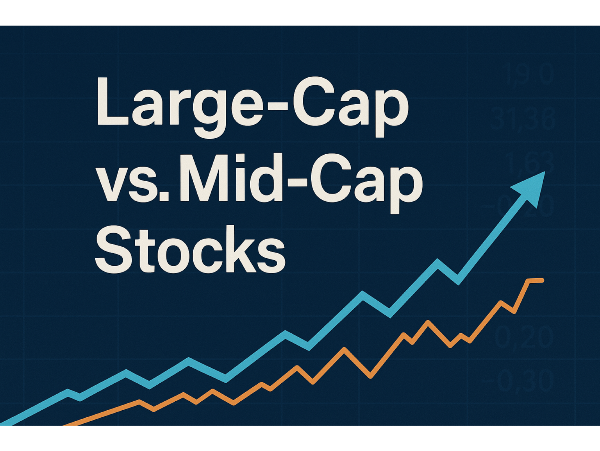

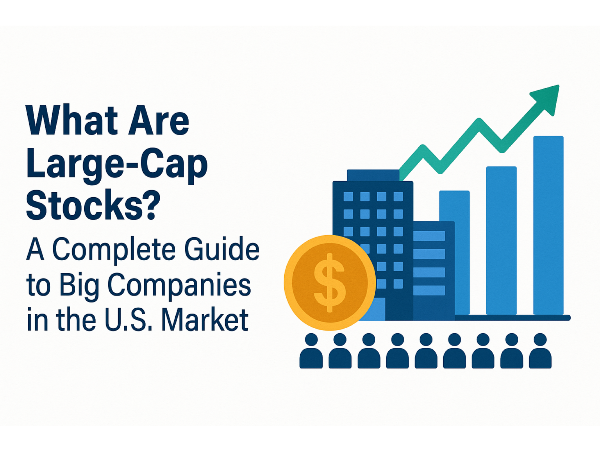
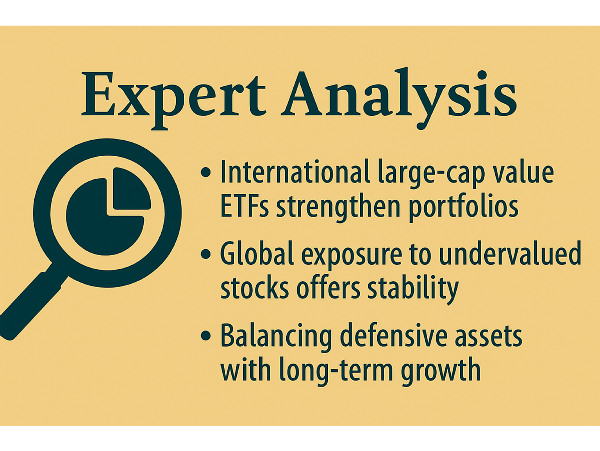

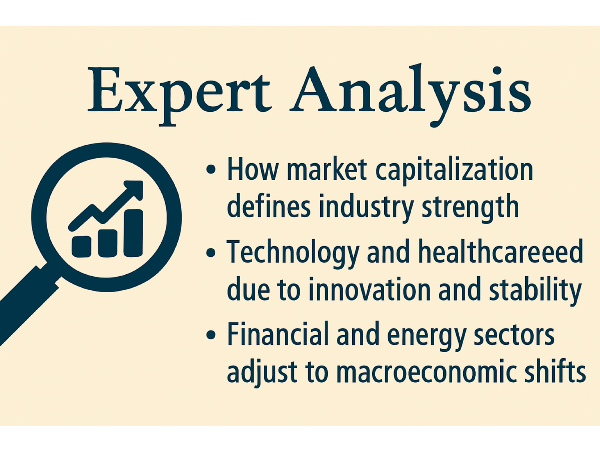

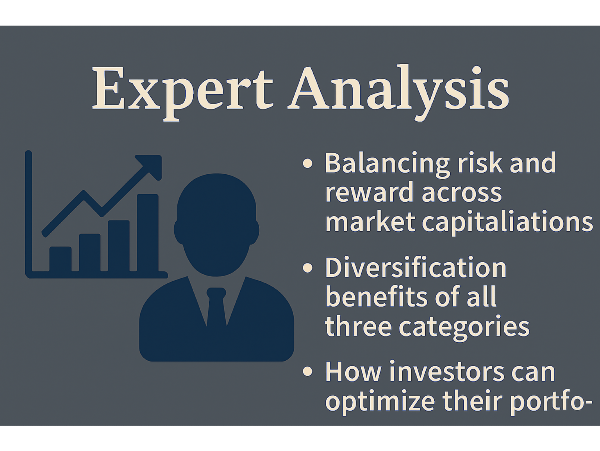

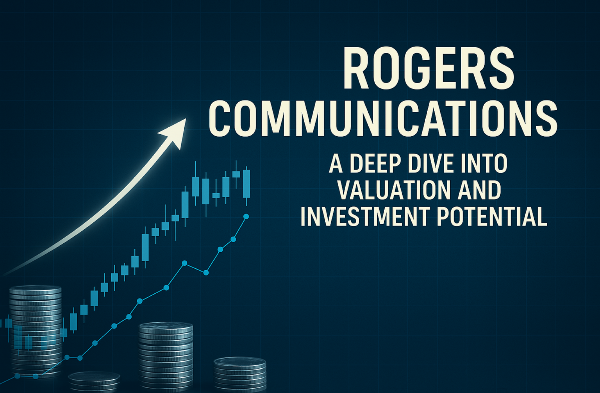
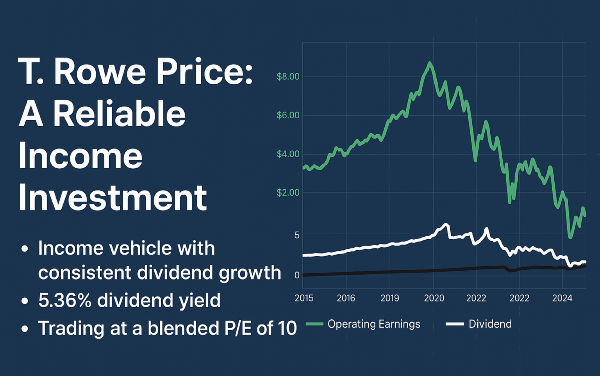
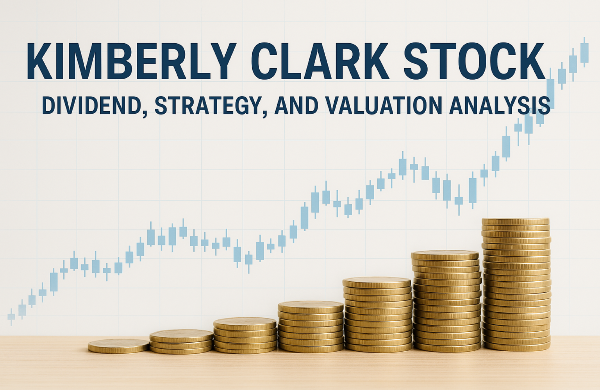

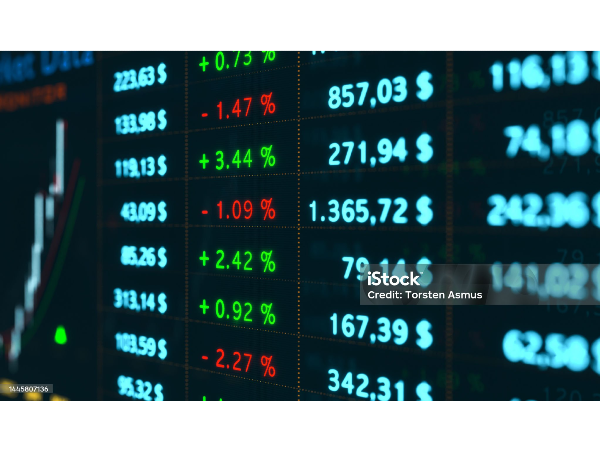


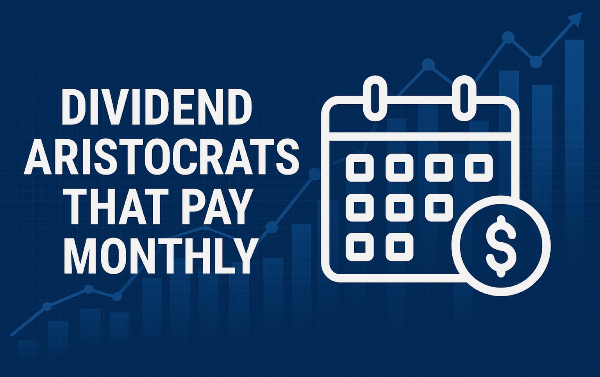

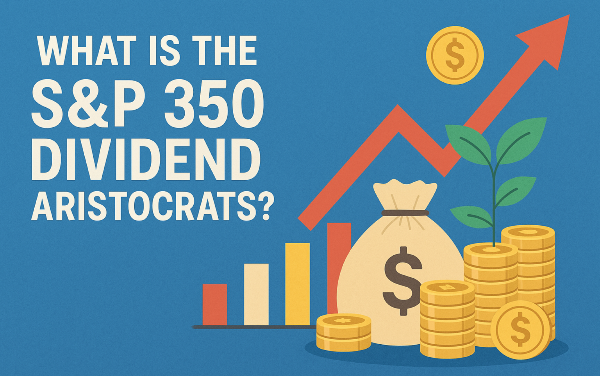


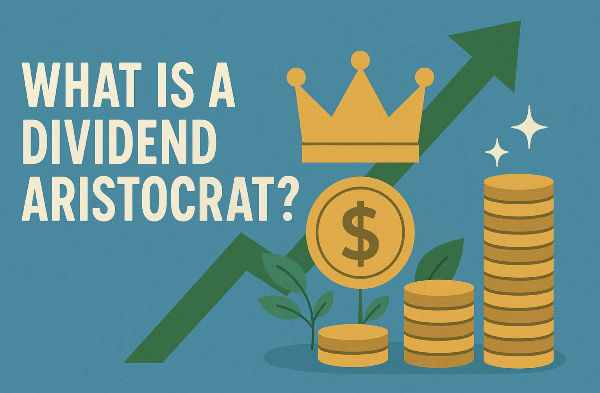








Understanding Large-Cap and Mid-Cap Investments
Introduction
Investors seeking to grow their portfolios often debate between large-cap and mid-cap stocks. Understanding market capitalization is crucial, as it influences risk, growth potential, and overall investment strategy. Large-cap stocks offer stability and steady returns, while mid-cap stocks provide higher growth opportunities with added volatility. This article explores the key differences between these two categories, helping investors make informed decisions based on financial goals and market trends.
What Are Large-Cap Stocks?
Large-cap stocks represent companies with a market capitalization exceeding $10 billion. These firms are typically industry leaders with established business models, strong financials, and global recognition. Investors favor large-cap stocks for their stability, lower volatility, and consistent dividend payouts. Companies such as Apple AAPL, Microsoft MSFT, and Johnson & Johnson JNJ fall into this category, offering long-term growth potential while mitigating risks associated with smaller-cap stocks. In a recent episode of The Investing Edge, financial analysts discussed the resilience of large-cap stocks during economic downturns. One expert noted, "Large-cap companies have the resources to weather market volatility, making them a safer bet for conservative investors." At the 12:45 mark, the discussion highlighted how dividend-paying large-cap stocks provide passive income streams, reinforcing their appeal for long-term portfolios.
Historically, large-cap stocks have demonstrated strong performance, particularly during periods of economic uncertainty. The S&P 500, which consists primarily of large-cap stocks, has consistently outperformed mid-cap and small-cap indices over extended periods. Understanding the role of large-cap stocks in portfolio diversification can help investors balance risk and reward effectively.
Sources:
(https://www.supermoney.com/encyclopedia/large-cap-stocks)
(https://www.financestrategists.com/wealth-management/stocks/large-cap-stocks/)
(https://www.marketbeat.com/financial-terms/what-are-large-cap-stocks/)
What Are Mid-Cap Stocks?
Mid-cap stocks represent companies with a market capitalization between $2 billion and $10 billion. These firms occupy a unique space between small-cap startups and large-cap industry leaders, offering investors a balance of growth potential and stability. Mid-cap companies often exhibit strong revenue streams and expanding market share, making them attractive for those seeking higher returns without the extreme volatility of smaller firms. Several notable mid-cap stocks have demonstrated resilience and growth in recent years. Companies like CarMax KMX and Stifel Financial SF have leveraged strategic expansions and market adaptability to strengthen their positions. Investors often look at mid-cap stocks for diversification, as they provide exposure to firms that are scaling operations while remaining agile in response to economic shifts.
For deeper insights into mid-cap investment strategies, the Investing Edge Podcast explores key trends shaping this segment. In a recent episode, industry experts discussed how mid-cap stocks historically outperform during market rebounds, emphasizing their role in portfolio diversification. One guest noted, "Mid-cap stocks strike the perfect balance between risk and reward, offering investors a chance to tap into growth without excessive volatility." At the 18:45 mark, analysts highlighted specific valuation metrics that help identify promising mid-cap opportunities.
Sources:
Stock Analysis Finance Strategists Investopedia
Key Differences Between Large-Cap and Mid-Cap Stocks
Large-cap stocks represent companies with market capitalizations exceeding $10 billion, while mid-cap stocks fall within the $2 billion to $10 billion range. Large-cap firms are typically well-established industry leaders with stable revenue streams, whereas mid-cap companies are often in a growth phase, expanding their market presence. Risk and reward differ significantly between these categories. Large-cap stocks generally exhibit lower volatility, making them a safer choice during economic downturns. Mid-cap stocks, on the other hand, offer greater upside potential but come with increased risk due to their evolving business models. Liquidity also plays a crucial role—large-cap stocks tend to have higher trading volumes, ensuring smoother transactions, while mid-cap stocks may experience price fluctuations due to lower liquidity. Dividend potential further distinguishes these groups, as large-cap companies often provide steady dividend payouts.
For a deeper dive into investment strategies, the Market Insights Podcast recently explored how mid-cap stocks can outperform large-cap stocks in bullish cycles. One expert noted, "Mid-cap stocks offer a unique blend of growth and stability, making them an essential component of a diversified portfolio." At the 22:30 mark, analysts discussed liquidity trends and how trading volume impacts price movements.
Sources:
Investopedia VanEck Insights HGI Exchange
Investment Strategies for Large-Cap Stocks
Large-cap stocks, typically valued at over $10 billion in market capitalization, offer investors a blend of stability and long-term growth. Best practices for investing in large-cap stocks include thorough fundamental analysis, assessing financial health, and monitoring macroeconomic trends. Portfolio diversification is essential when incorporating large-cap stocks. While these stocks provide stability, balancing them with mid-cap and international equities can enhance returns and mitigate risk. Large-cap stocks often serve as the foundation of a diversified portfolio, offering reliable dividend payouts and predictable earnings. Companies like Johnson & Johnson JNJ and Microsoft MSFT exemplify large-cap investments that combine resilience with growth potential.
For deeper insights into large-cap investment strategies, the Market Leaders Podcast recently explored how these stocks perform in different market conditions. One expert noted, "Large-cap stocks provide a strong foundation for any portfolio, balancing risk with steady returns." At the 15:20 mark, analysts discussed the advantages of long-term investing in large-cap stocks, emphasizing their ability to weather economic downturns while delivering consistent shareholder value.
Sources:
Morningstar Investopedia Stock Maven
Investment Strategies for Mid-Cap Stocks
Mid-cap stocks, with market capitalizations between $2 billion and $10 billion, offer investors a unique blend of growth potential and operational stability. Best practices for investing in mid-cap stocks include thorough financial analysis, assessing revenue trends, and identifying companies with strong competitive advantages. Investors should focus on firms with scalable business models and consistent earnings growth. Portfolio diversification is key when incorporating mid-cap stocks. While these stocks provide higher growth potential than large-cap stocks, they also carry increased volatility.
Balancing mid-cap investments with large-cap and small-cap stocks can enhance returns while mitigating risk. Sector-based diversification is another effective strategy, ensuring exposure to industries with varying economic cycles. Companies like Yeti Holdings YETI and Toll Brothers TOL exemplify mid-cap investments that combine resilience with expansion opportunities. For deeper insights into mid-cap investment strategies, the Growth & Value Podcast recently explored how investors can optimize mid-cap portfolios. One expert noted, "Mid-cap stocks offer a compelling balance between risk and reward, making them an essential component of a diversified portfolio." At the 19:10 mark, analysts discussed the advantages of growth-oriented versus value-oriented approaches, highlighting key valuation metrics that help identify promising mid-cap opportunities.
Sources:
Investopedia Guide for Investment MarketBeat
Factors to Consider When Choosing Between Large-Cap and Mid-Cap Stocks
Investors must assess their risk tolerance when deciding between large-cap and mid-cap stocks. Those comfortable with market fluctuations may find mid-cap stocks more rewarding, while risk-averse investors often prefer large-cap stocks for their predictable returns. Market conditions and economic cycles play a crucial role in stock selection. Large-cap stocks tend to perform well during economic downturns due to their established market positions and strong financials. Mid-cap stocks, however, often outperform in bullish cycles, benefiting from expansion opportunities and increased investor confidence.
For deeper insights into investment strategies, the Capital Growth Podcast recently explored how market cycles impact stock selection. One expert noted, "Mid-cap stocks thrive in expansion phases, offering investors a chance to capitalize on emerging trends." At the 21:15 mark, analysts discussed how sector performance affects mid-cap and large-cap stock valuations, providing actionable insights for portfolio optimization.
Sources:
Investopedia MarketWatch VanEck Insights
Case Studies: Large-Cap vs. Mid-Cap Performance Over Time
Over the past 10 years, large-cap stocks, represented by the S&P 500, have consistently outperformed mid-cap stocks in terms of stability and returns. However, mid-cap stocks, as measured by the S&P MidCap 400, have demonstrated superior long-term growth over 20- and 30-year periods. Notable success stories illustrate these trends. Large-cap companies like Apple AAPL and Microsoft MSFT have maintained dominance through innovation and market leadership.
Meanwhile, mid-cap firms such as Deckers Outdoor DECK and Carlisle Companies CSL have leveraged strategic growth initiatives to outperform expectations. For deeper insights into historical performance trends, the Market Trends Podcast recently analyzed how mid-cap stocks have historically outpaced large-cap stocks over extended periods. One expert noted, "Mid-cap stocks offer a compelling growth trajectory, often outperforming large-cap stocks when economic conditions favor expansion." At the 17:40 mark, analysts discussed key lessons from past market cycles, emphasizing how investors can capitalize on mid-cap opportunities during bullish phases.
Sources:
Investopedia Four Pillar Freedom
Expert Opinions and Market Forecasts
Large-cap stocks, often favored for their stability, tend to perform well during economic downturns due to their established market positions. Mid-cap stocks, on the other hand, offer higher growth potential but are more sensitive to market fluctuations. Analysts suggest that investors should assess interest rate trends, inflationary pressures, and sector-specific developments to make informed decisions. Market forecasts indicate that large-cap stocks will continue to provide steady returns, particularly in defensive sectors such as healthcare and consumer staples. Mid-cap stocks, however, are expected to outperform in bullish cycles, benefiting from expansion opportunities and increased investor confidence. Emerging trends in stock market investments include the growing influence of artificial intelligence, sustainability-focused portfolios, and sector rotation strategies.
Companies like NVIDIA NVDA and Shopify SHOP exemplify how technological advancements and market adaptability drive stock performance. For deeper insights into market forecasts, the Investment Outlook Podcast recently analyzed expert predictions for large-cap and mid-cap stocks. One analyst noted, "Mid-cap stocks are positioned for strong growth as economic conditions stabilize, offering investors a compelling opportunity." At the 23:10 mark, experts discussed how AI-driven investment strategies are reshaping portfolio management, highlighting key trends that could influence stock performance in the coming years.
Sources:
BlackRock Investment Institute Seeking Alpha Charles Schwab Market Commentary
Conclusion
In evaluating large-cap and mid-cap stocks, investors must consider risk tolerance, market conditions, and personal financial goals. Large-cap stocks provide stability and consistent returns, making them a reliable foundation for long-term investment strategies. Mid-cap stocks, however, offer higher growth potential, particularly during expansionary market cycles, though they come with increased volatility. Historical performance trends show distinct advantages for both categories, with mid-cap stocks outperforming in bullish markets and large-cap stocks demonstrating resilience in economic downturns. Expert insights highlight emerging investment trends, including AI-driven portfolio management and sector-specific growth opportunities. By leveraging these perspectives and historical data, investors can refine their strategies to optimize returns while maintaining balanced exposure to evolving market conditions.
Podcast Transcripts
Investing Edge Podcast
In this episode, Jon Cukierwar discusses his global investing approach, focusing on undiscovered companies. He highlights the importance of independent thinking and deep research, explaining how he benchmarks his fund against the S&P 500 despite not holding any stocks from the index. At the 00:01:04 mark, Jon elaborates on why he favors foreign markets and how he evaluates businesses in different countries.
Market Insights Podcast
Ken Fisher answers listener questions on technical investing, stop losses, and wealth taxes. He argues that technical analysis is nonfunctional and explains why he does not adopt its principles. At the 00:00:40 mark, he discusses the origins of technical analysis and its limitations in modern investing.
Market Leaders Podcast
This episode explores business development strategies in the digital age. Adrian Lürssen shares insights on thought leadership, content creation, and data-driven marketing. At the 00:01:05 mark, he discusses how professionals can leverage large datasets to gain a competitive edge.
Growth & Value Podcast
Ken Fisher explains the historical shifts between growth and value investing. He describes how growth stocks were bid up following the financial crisis due to scarce economic expansion. At the 00:02:12 mark, he discusses why investors piled into growth stocks during the COVID-19 recession.
Capital Growth Podcast
This episode covers capital raising strategies in 2025 amid market volatility. Experts discuss how issuers and investors are adapting to shifting interest rate expectations and policy changes. At the 00:00:39 mark, John Cokinos explains how private equity sponsors are adjusting their strategies.
Market Trends Podcast
Morgan Stanley analysts discuss global trade tensions and their impact on equity markets. At the 00:23:10 mark, they analyze how easing U.S. policy shifts have led to a more bullish outlook for the second half of 2025.
Investment Outlook Podcast
Experts from BlackRock and Lord Abbett discuss market expectations for 2025. At the 00:24:45 mark, they examine why valuations for the biggest large-cap stocks remain high and how investors should allocate capital.
📌Read More About:
Top Large Cap Stocks- https://stockbossup.com/pages/topics/large-cap
What Are Large US Cap Stocks?- https://stockbossup.com/pages/post/39045/understanding-large-us-cap-stocks-and-their-market-influence
Is It Better to Invest in Mid-Cap or Large-Cap?- https://stockbossup.com/pages/post/39130/mid-cap-vs-large-cap-stocks-which-investment-strategy-yields-better-returns